Towards affect
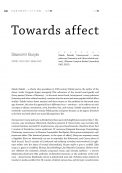
Sławomir Buryła
A b s t r a k t
The article discusses Marek Zaleski’s monograph Intensywność i rzeczy pokrewne [Intensity and other related matters] (Warsaw 2022). (...)

A b s t r a k t
The article discusses Marek Zaleski’s monograph Intensywność i rzeczy pokrewne [Intensity and other related matters] (Warsaw 2022). (...)
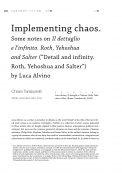
A b s t r a k t
Il dettaglio e l’infinito by Luca Alvino is a collection of short critical essays dedicated to three famous novelists, Ph. (...)
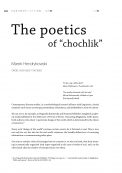
A b s t r a k t
An interdisciplinary study which examines the poetics of “chochlik” [the demon of misprints and slips of the tongue] in different texts of culture, from poetry to social and political life. (...)
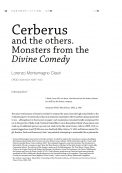
The text shows how to read Dante Alighieri’s Divine Comedy through teratological analysis and attention to details. Pondering the monstrosities described in the work of the eminent Italian is a way to return the Comedy to our contemporary times and sensibility. (...)
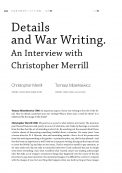
A b s t r a k t
In the interview Christopher Merrill explains the role of concrete details in war writing and war journalism. He reveals how drawing on details allows the writers to build the larger context for images of destruction and experiences in the war zones. (...)

A b s t r a k t
The paper outlines a research perspective in reference to literary grammar. A philological analysis of literary texts allows an insight into several peculiar manifestations of grammatical dynamic assuming that texts have linguistic potentiality determined by various factors. (...)
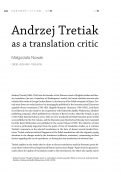
A b s t r a k t
In 1924, the Polish National Library published Andrzej Tretiak’s edition of George Byron’s tales in verse. In the introduction and numerous footnotes, Tretiak explained why specific translations were selected and ranked them in terms of quality, pointing out the mistakes and the changes made by the translators. (...)
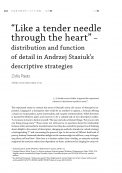
A b s t r a k t
The paper discusses the significance and role of detail in works by Andrzej Stasiuk, considered in the context of reevaluating literary description as part of the descriptive turn. (...)
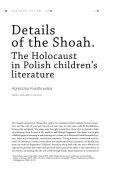
A b s t r a k t
This article examines what role details and other similar artistic devices play in representing the Holocaust in contemporary Polish children’s literature. (...)
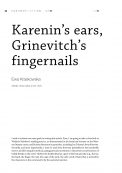
A b s t r a k t
The article focuses on the presence and function of bodily details in Leo Tolstoy’s Anna Karenina. The bodily detail is defined as a single part of the human body (e.g., the ear, the hand, the finger, the nail, the nape of the neck, the calf, a lock of hair) that is noticed by the characters in the novel and/or by the auctorial narrator. (...)